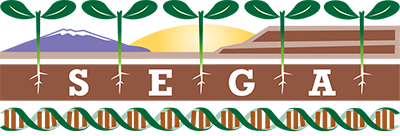You are here
Local-Scale Drought Adaptation of Ponderosa Pine Seedlings at Habitat Ecotones
Publication Type:
Journal ArticleSource:
Forest Science, Volume 62 (2016)URL:
http://www.ingentaconnect.com/content/saf/fs/pre-prints/content-forsci16049Abstract:
Abstract Understanding the magnitude and pattern of intraspecific variation in tree adaptation to drought is needed to evaluate forest capacity to respond to climate change and for management planning. This understanding is important for species growing at ecotonal sites near the trailing edge of their geographic range where impacts of climate warming are predicted to be most severe. We used a greenhouse common garden to investigate phenotypic variations in growth, drought-adaptive structural traits (e.g., wood specific gravity, shoot-root ratio, and specific leaf area), and survival during experimental drought in seedlings of ponderosa pine (Pinus ponderosa Doug. Ex. Laws) sampled from 17 sites in northern Arizona over gradients of elevation, precipitation, and soil parent material. Phenotypic variation was significant in most seedling traits, and the most variation occurred among maternal families within site populations. Growth rate was negatively correlated with wood specific gravity. The large amount of phenotypic variation within populations suggests the potential for future evolution of stress tolerance in trailing-edge populations. The strongest geographic pattern in phenotypic variation was a negative relationship between seedling biomass allocation to roots and precipitation of the population site. Families with the longest survival in a lethal drought experiment tended to come from low-elevation, drier sites.
- Log in to post comments
- Google Scholar
- RTF
- EndNote XML
- RIS
Theme by Danetsoft and Danang Probo Sayekti inspired by Maksimer
